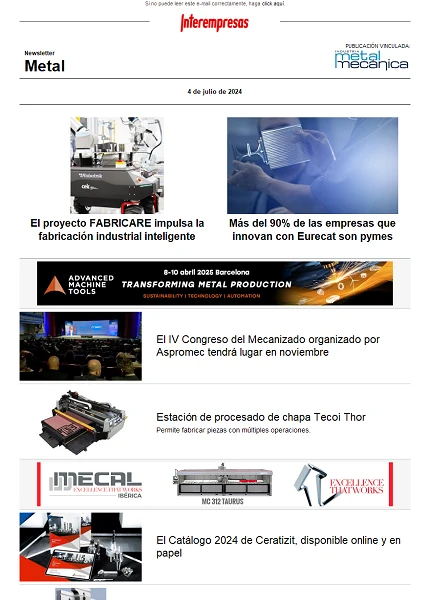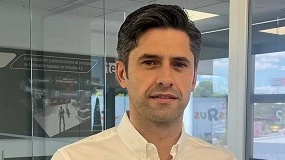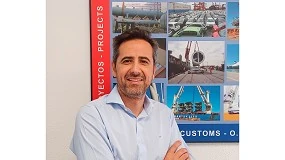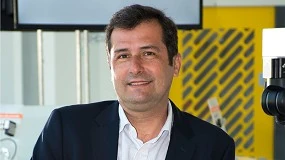Strong innovation of the prototypes and the rapidtooling
TMG uses the sintered by laser for parts intended for tests such as hoods, brake parts, absorbing impacts and parts for the engine, as well as others to be used in the aerodynamic tunnel. While only a small part of the actual vehicle is done with laser sintering material, the large number of different applications constantly requires the use of the Eosint P 360 and the Eosint P 700 of double laser. Both can make varies plastic parts at the same time and can also introduce new works to the machine while it is running. In the team of double laser can be parts of 700 x 380 x 580 mm and up to 1,000 pieces series, depending on and geometry.
Some independent studies (such as the one done by Rapid Manufacturing Consortium under the direction of Philip Dickens) have shown that the selective sinter pieces of plastic laser can be more tuned from the point of view of the costs thatfor example, the injection moulding, is series of tens of thousands of pieces.
This means that production and prototyping can be longer, in some cases, on the same machine. Currently it sounds a little distant this time, but the fact is that the means exist already and that companies like EOS continue accelerating the process from prototyping rapid to rapid manufacture real parts.
EOS in pole
On the other hand, although a large number of pieces with existing Eosint M materials can be injected, there is still a clear need for more hard molds with DirectTool technique. To this end EOS has developed a new material, the H20 DirectSteel, a steel which allowed dense and pieces without pores with a hardness of up to 42 Rockwell C.
The prototypes of the soles of Reebok, in less than a day
To complete its range of footwear, the activities of the Reebok company dedicated to the golf began to study a new design for a new sole of the footwear of golf without nails. This project was very interesting for the company, many golf courses desaconsejan - and even prohibit the use of traditional shoes with nails.
Reebok currently spends about $3,500-4,000 for the model of realization of traditional prototypes (standard tools and moulding), with between 30-60 days waiting times by injection. As an alternative, the laboratory of rapid realization of prototypes of the company has suggested another solution which allows the prototype in very short time, with significant economic savings. The laboratory had between their teams the Sinterstation 2500 DTM system, used for various applications of realization of prototypes and allowing a wide range of materials.
One of these is the powder polymer elastomeric distinguished by the brand name we are 201, DSM Somos material that allows for flexible components with characteristics similar to the rubber. For Reebok, the dust we are 201 has been an excellent choice for the realization of prototypes of soles without nails.
In preparation for the new design for the production of prototypes, the sole was designed in 3D CAD computer system; the file was then translated into the appropriate format for use in selective sintering Sinterstation system laser. Reebok has created, using Sinterstation, a prototype of the sole for golf (left and right). The prototypes of the soles were made in just seven hours.
Comparison of properties of sintering and injected material
To check the validity of the functional prototypes made by SLS AIJU of materials used in this technology of prototyping a study was conducted, and compared their behaviour with injected commercial polyamide material.
Using a polyamide 12 (PA 12) commercial, Rilsan A, without charge, and containing 30% fiber glass, and a 12 PA sintered, were test tubes standardized mechanical testing.
It was noted that the PA sintered density somewhat lower, but the hardness is similar. The melting temperatures are the same because it's the same material, PA 12. The sintered PA better endures the temperature as it can be seen from the highest values of temperature Vicat softening temperature test. The sintered material is also more rigid as Young module and the creep resistance is greater. However, the impact resistance and elongation rupture are minor, although resistance to breakage is similar.
The density of the sintered material is a little higher since according to the result obtained by analysis termogravimétrico, this material contains 50% glass fibre, but hardness is similar. Also the melting temperature is the same, it is of PA 12, as well as temperature Vicat softening by means of Thermomechanical analysis.
The PA with sintered glass fiber is softer because retrieved Young is less. And the mechanical properties are inferior as it is obtained by values of impact resistance, resistance to traction and the elongation at break point.
Therefore there is obtained through sintered parts have good properties in general, comparing them with those obtained by injection, highlighting its higher thermal resistance and its lower performance in terms of resistance to impact. In the case of the PA glass fibre mechanical properties are somewhat lower than those obtained through injection, however, the values presented are very useful for the selection of one or another material in obtaining a functional prototypefor a particular use.
Moulds for series directly from CAD
The basic principle of the scanning laser is creating a line of contour of the area of the cross-section (detour) first and then fill the internal areas of this outline with a vector scanning (lattice). The process of EOS software has been designed so that several different parameters can be changed to obtain optimal properties of the material and the best accuracy.












































































